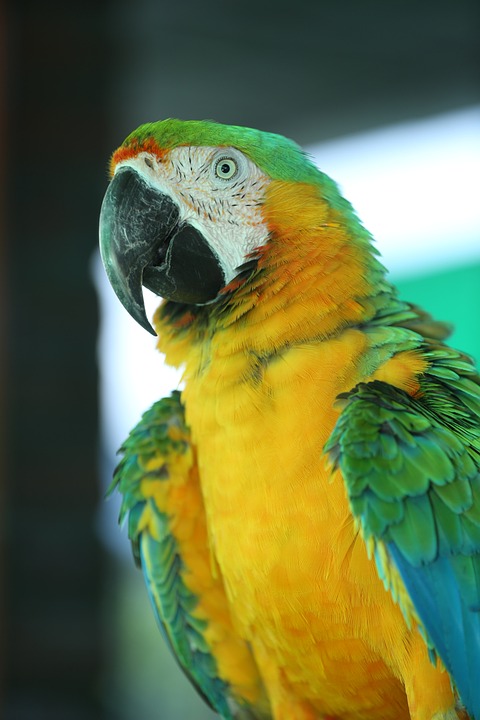Parrots are known for their intelligence, vibrant plumage, and playful personalities. They have a natural curiosity that drives them to explore their surroundings, including tunnels. In this article, we will delve into the behavior of parrots when it comes to tunnels, uncovering why they find them so intriguing and how you can provide a safe and enriching tunnel experience for your feathered friend.
One of the main reasons parrots love tunnels is due to their instinctual exploration. In the wild, parrots investigate tree hollows and natural crevices as potential nesting sites or shelter. Tunnels mimic these natural hideouts, triggering their curiosity and encouraging their natural behaviors.
Tunnels also provide parrots with a sense of security and comfort. Being enclosed in a confined space creates a cozy environment, similar to the feeling of being inside a nest. This feeling of security can reduce stress and anxiety in your parrot’s daily life.
Additionally, navigating through a tunnel engages a parrot’s mind and enhances their problem-solving skills. As they explore the tunnel, they encounter twists and turns, challenging their spatial awareness and coordination. This mental stimulation is vital for their cognitive development and overall well-being.
When creating a safe tunnel environment, it is important to consider the size and accessibility of the tunnel. Choose tunnels that are appropriately sized for your parrot’s species, ensuring that they can comfortably move through without getting stuck. Also, make sure the entrance and exit of the tunnel are easily accessible for your parrot.
Select tunnels made from safe and durable materials, such as non-toxic plastics or natural wood. Avoid tunnels with sharp edges or small parts that could pose a choking hazard. Regularly inspect the tunnel for any signs of wear and tear, replacing it if necessary.
Maintaining a clean tunnel environment is essential for your parrot’s health. Regularly wash and disinfect the tunnel to remove any food debris or droppings that may accumulate inside.
Here are some frequently asked questions about parrots and tunnels:
Q1: Can I leave my parrot unsupervised while it plays in a tunnel?
A1: It is generally recommended to supervise your parrot while it explores a tunnel. This ensures their safety and allows you to intervene if any issues arise.
Q2: How can I encourage my parrot to use a tunnel?
A2: Initially, you can place treats or toys inside the tunnel to entice your parrot to explore it. Positive reinforcement, such as praise or rewards, can also encourage them to engage with the tunnel.
Q3: Can all parrot species enjoy tunnels?
A3: Most parrot species enjoy exploring tunnels, but preferences may vary. Some larger parrots may not find small tunnels suitable, while smaller parrots may prefer tunnels that provide a snug fit.
Q4: Are there any signs that my parrot is not comfortable with a tunnel?
A4: If your parrot shows signs of distress, such as excessive vocalization, aggression, or attempts to escape the tunnel quickly, it may indicate their discomfort. In such cases, it’s best to remove the tunnel and observe their behavior.
In conclusion, understanding the behavior of parrots when it comes to tunnels allows us to provide them with a stimulating and safe environment. By incorporating tunnels into their surroundings, we tap into their natural instincts, provide mental stimulation, and offer them a sense of security. Remember to choose appropriate tunnels, maintain cleanliness, and supervise your parrot during playtime for a positive and enriching experience.









